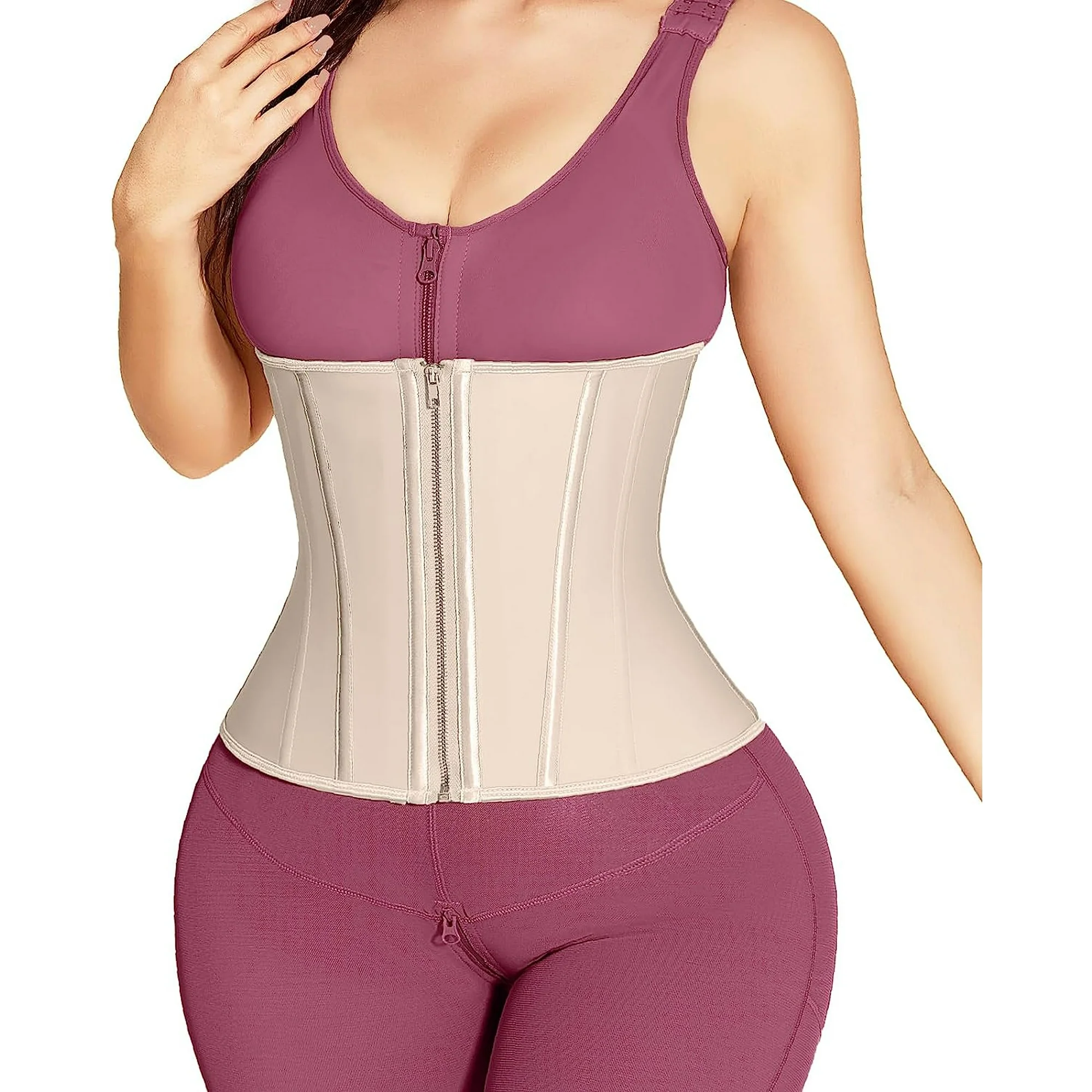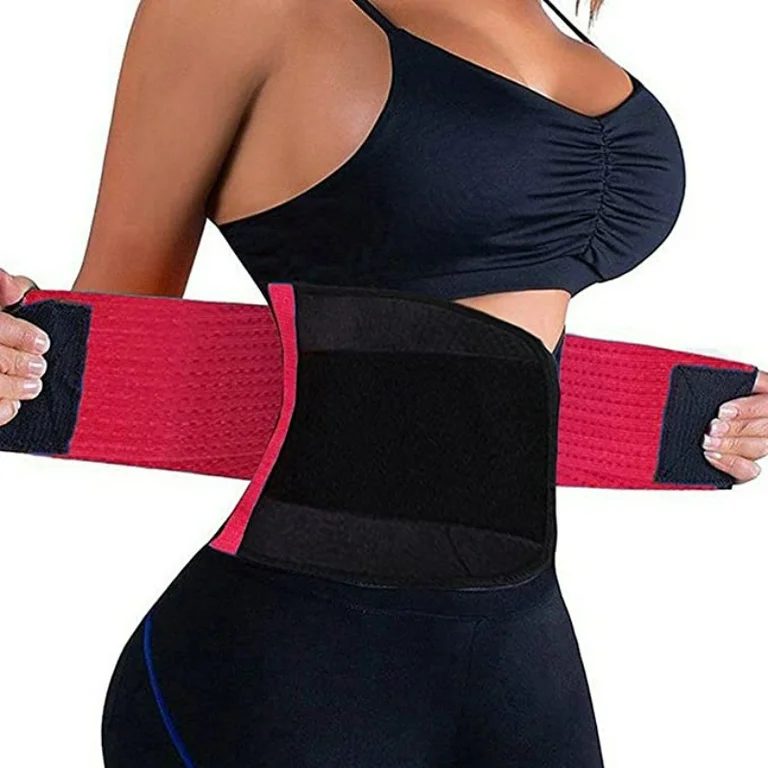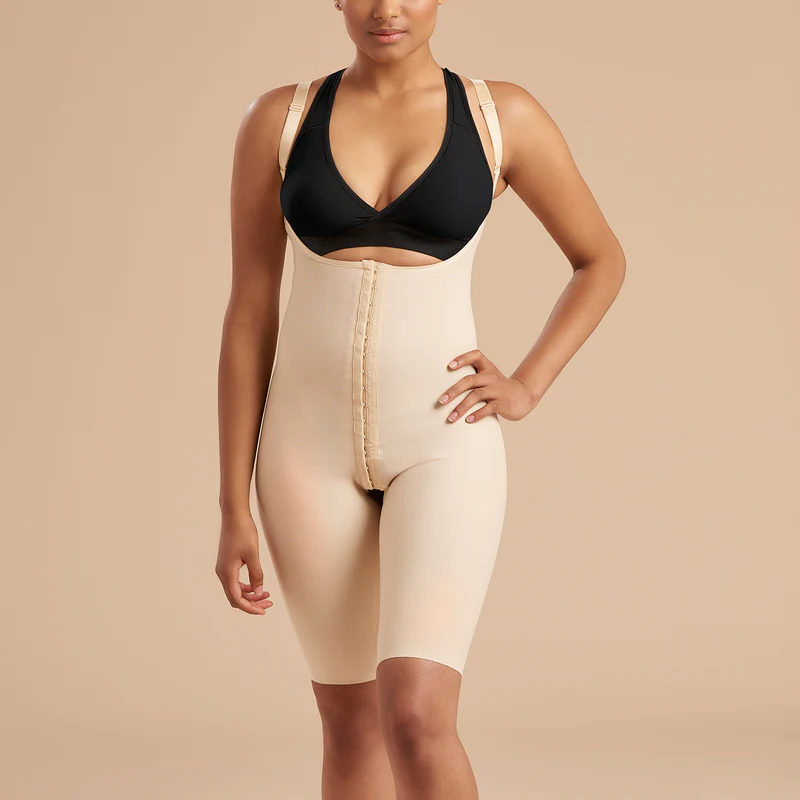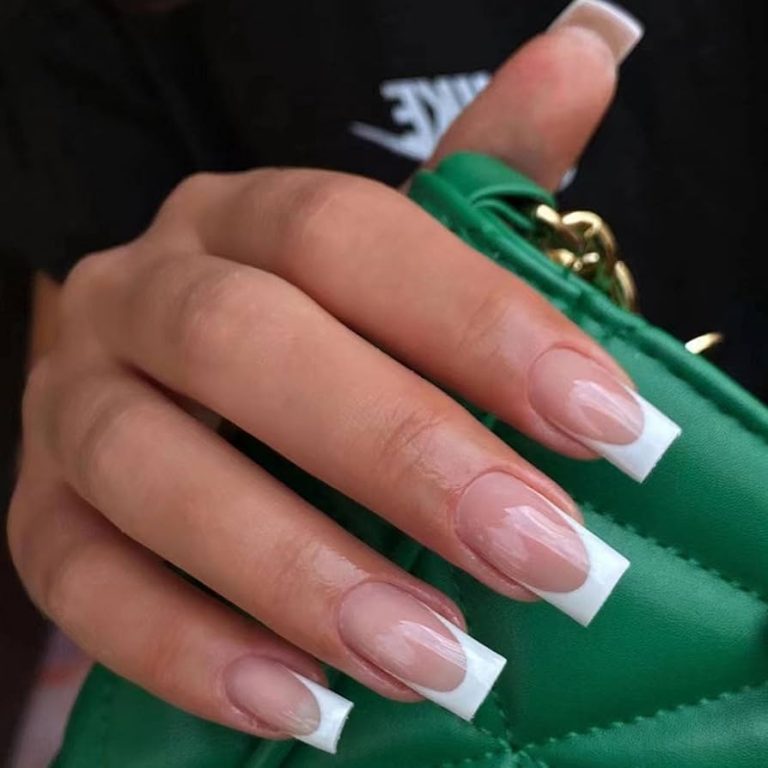
The Complete Evolution of Girdle: A Fashion Revolution
Origins and Historical Significance
Ancient civilizations developed primitive forms of body shaping through tightly wound fabric strips. Greek women embraced ceremonial binding techniques to achieve desired silhouettes during religious ceremonies. Roman fashion introduced structured undergarments made from linen and leather for body modification. Medieval Europe witnessed the emergence of laced bodices as precursors to modern girdles. Girdle:The Renaissance period brought elaborate corsets crafted from whalebone and metal stays. Wealthy women endured hours of careful lacing to display their social status through perfect figures. Fashion trends dictated increasingly restrictive undergarments throughout the European royal courts.
Medical practitioners began documenting health concerns related to extreme body modification practices. The Industrial Revolution transformed corset production through mechanized manufacturing processes. Department stores started offering ready-made foundation garments to middle-class consumers. Victorian society established strict standards for proper foundation garment wear among ladies. Working women gained access to more affordable options through mass-produced foundation garments. Fashion magazines promoted ideal body shapes achieved through specific foundation wear. Seamstresses developed specialized techniques for custom-fitting foundation garments to individual bodies. Social expectations required proper foundation garments for all public appearances.

The Modern Girdle Revolution
Innovative manufacturers introduced elastic materials to create more flexible foundation garments. Latex rubber revolutionized girdle design through improved stretch and recovery properties. Fashion designers created new patterns that balanced support with enhanced mobility. Department stores established dedicated fitting rooms with professional corsetieres for customers. Marketing campaigns targeted different age groups with specialized foundation garment designs. Working women demanded more practical foundation options for professional environments.
Manufacturers developed breathable fabrics for improved comfort during extended wear. Fashion shows demonstrated proper foundation garment selection for various clothing styles. Innovative closures simplified the process of wearing foundation garments independently. Seamless construction techniques eliminated visible lines under fitted clothing. Advertising emphasized the importance of proper foundation garments for fashion success. Young women received their first girdles as significant milestones in social development. Professional women relied on foundation garments to maintain polished appearances. Fashion schools incorporated foundation garment education into design curricula. Social events required specific foundation garments for appropriate dress standards.
The Transformation of Body Ideals
Hollywood stars promoted specific body shapes achieved through carefully selected girdles. Fashion magazines featured regular columns about proper foundation garment selection. Department store catalogs showcased extensive foundation garment collections for every occasion. Television advertisements reached millions of households with new girdle innovations. Working women adapted foundation garment choices for various professional environments. Social clubs organized shopping expeditions for seasonal foundation garment updates. Bridal consultants advised young women about appropriate foundation garments for weddings.
Fashion designers created clothing that required specific foundation garments underneath. Magazine advertisements reinforced cultural expectations about proper body shapes. Department stores expanded lingerie departments to meet growing foundation garment demand. Professional women navigated workplace expectations through strategic foundation garment choices. Social events established unwritten rules about appropriate foundation garment wear. Fashion trends influenced foundation garment design through changing silhouette preferences. Manufacturing innovations allowed for more diverse foundation garment options. Cultural pressure maintained steady demand for foundation garments across social classes.

Medical Perspectives and Innovations
Healthcare professionals studied the effects of prolonged girdle wear on women’s bodies. Research revealed important connections between foundation garments and physical health impacts. Medical designers developed therapeutic foundation garments for post-surgical recovery support. Maternity specialists created specialized support garments for expecting mothers. Physical therapists recommended specific exercises to prevent muscle weakness from girdle wear. Sports medicine experts examined foundation garment effects on athletic performance.
Occupational health researchers documented workplace injuries related to restrictive foundation garments. Medical innovations improved foundation garment designs for better body support. Healthcare providers established guidelines for proper foundation garment fitting procedures. Research studies identified potential risks of extended foundation garment use. Medical professionals developed specialized measuring techniques for therapeutic foundation garments. Sports technology incorporated foundation garment principles into performance wear. Healthcare organizations published recommendations about foundation garment safety standards. Medical research advanced understanding of body compression effects through foundation garments. Scientific studies contributed to improved foundation garment design standards.
The Social Impact of Girdle Culture
Society established strict expectations about proper foundation garment wear for women. Fashion magazines reinforced cultural standards through regular foundation garment features. Department stores created elaborate foundation garment shopping experiences for customers. Social events required careful foundation garment selection for appropriate appearance standards. Professional environments maintained implicit dress codes requiring foundation garments. Fashion shows demonstrated the relationship between clothing and foundation garment choices.
Beauty pageants established specific requirements for contestants’ foundation garment wear. Cultural pressure influenced women’s foundation garment choices across social classes. Magazine advertisements shaped public perception of proper foundation garment use. Working women navigated professional expectations through strategic foundation garment selection. Social clubs organized foundation garment shopping trips for members. Fashion education emphasized proper foundation garment knowledge for design students. Cultural attitudes reinforced the importance of foundation garments in women’s lives. Society linked proper foundation garment wear to social status. Fashion trends dictated acceptable foundation garment styles through different decades.

The Feminist Movement Impact
Women’s liberation challenged traditional expectations about restrictive foundation garments. Activists organized public demonstrations against girdles as symbols of oppression. Fashion designers created styles that eliminated the need for foundation garments. Magazine articles debated the role of girdles in modern women’s wardrobes. Department stores adapted lingerie departments to changing consumer preferences. Working women demanded comfortable clothing options without restrictive undergarments. Young women increasingly rejected traditional foundation garment expectations.
Social movements promoted body acceptance without artificial shaping requirements. Fashion trends shifted toward natural body shapes and personal comfort. Cultural attitudes evolved regarding individual choice in foundation garment wear. Professional environments relaxed dress codes involving foundation garment requirements. Media coverage highlighted changing perspectives on body image standards. Fashion magazines featured diverse body shapes without foundation garment modification. Society began accepting various body types without restrictive shaping expectations. Cultural conversations expanded around personal choice in foundation wear.
Modern Technologies and Innovations
Smart fabrics revolutionized foundation garment design through responsive compression technology. Manufacturing innovations created seamless construction techniques for invisible support. Digital fitting systems provide precise measurements for custom foundation garments. Sustainable materials offer eco-friendly options for conscious foundation garment consumers. Online retailers developed sophisticated sizing tools for proper foundation garment selection. Three-dimensional printing enables customized foundation garment components for perfect fit.
Advanced synthetic materials provide better support with enhanced breathability features. Technology enables mass customization of foundation garments for individual needs. Virtual fitting rooms help customers select appropriate foundation garment styles. Artificial intelligence assists in designing effective foundation garment patterns. Manufacturing processes incorporate recycled materials into foundation garment production. Smart sensors monitor body responses to foundation garment compression levels. Digital platforms enable virtual consultations with foundation garment fitting experts. Technology improves foundation garment comfort through innovative material development. Modern manufacturing creates lighter foundation garments with stronger support.

Future Developments and Trends
Research continues advancing foundation garment materials through scientific innovation. Global markets drive diverse foundation garment options for different cultural preferences. Sustainable manufacturing reduces environmental impact of foundation garment production. Virtual reality enables improved foundation garment fitting experiences for customers. Medical research guides development of therapeutic compression garments. Fashion technology integrates foundation garment features into regular clothing design. Artificial intelligence optimizes foundation garment patterns for various body types.
Environmental concerns influence foundation garment material selection and manufacturing processes. Cultural shifts create new markets for specialized foundation garment products. Digital innovation transforms foundation garment shopping through virtual experiences. Healthcare applications expand foundation garment use in medical treatments. Social media influences foundation garment trends through influencer marketing. Manufacturing automation improves foundation garment production efficiency and quality. Global supply chains enable worldwide distribution of innovative foundation garments. Research continues exploring new applications for foundation garment technology.
Cultural Legacy and Future Significance
Museums preserve historical foundation garments for educational purposes and cultural understanding. Fashion historians document the evolution of girdles through different time periods. Educational programs examine relationships between foundation garments and social expectations. Art exhibitions explore foundation garments as symbols of changing cultural attitudes. Documentary films capture personal stories about experiences with traditional girdles. Vintage fashion enthusiasts maintain traditional foundation garment techniques and styles. Contemporary designers draw inspiration from historical foundation garment construction methods.
Cultural analysts study changing attitudes toward body modification through foundation garments. Fashion archives maintain collections of significant foundation garment innovations and designs. Academic research explores complex relationships between society and foundation garments. Historical preservation efforts document foundation garment development through different eras. Cultural institutions organize exhibitions showcasing foundation garment evolution through history. Fashion education programs incorporate foundation garment history into design curricula. Society continues examining foundation garment influence on cultural body standards. Research institutions study foundation garment impact on fashion development trends.

